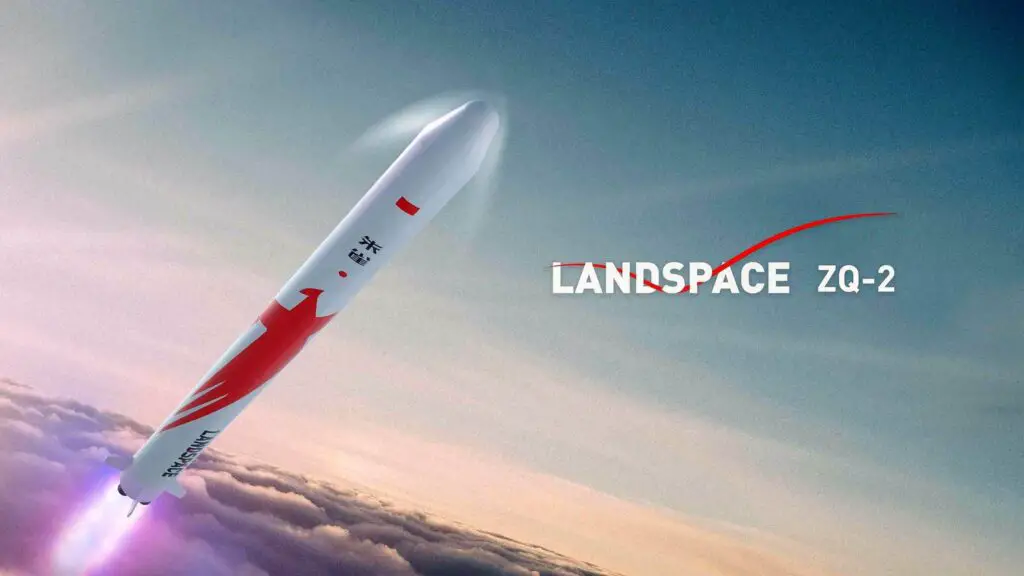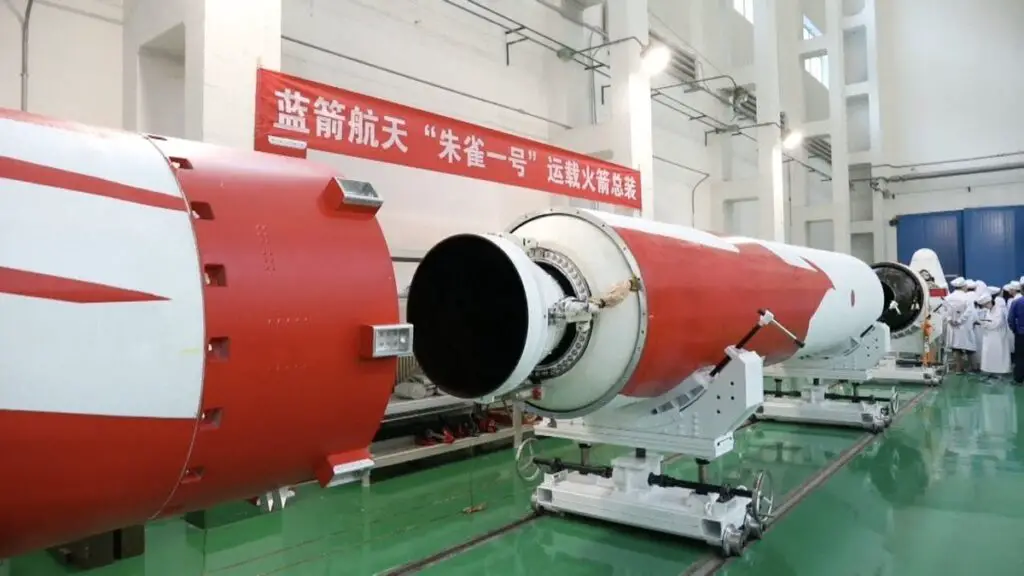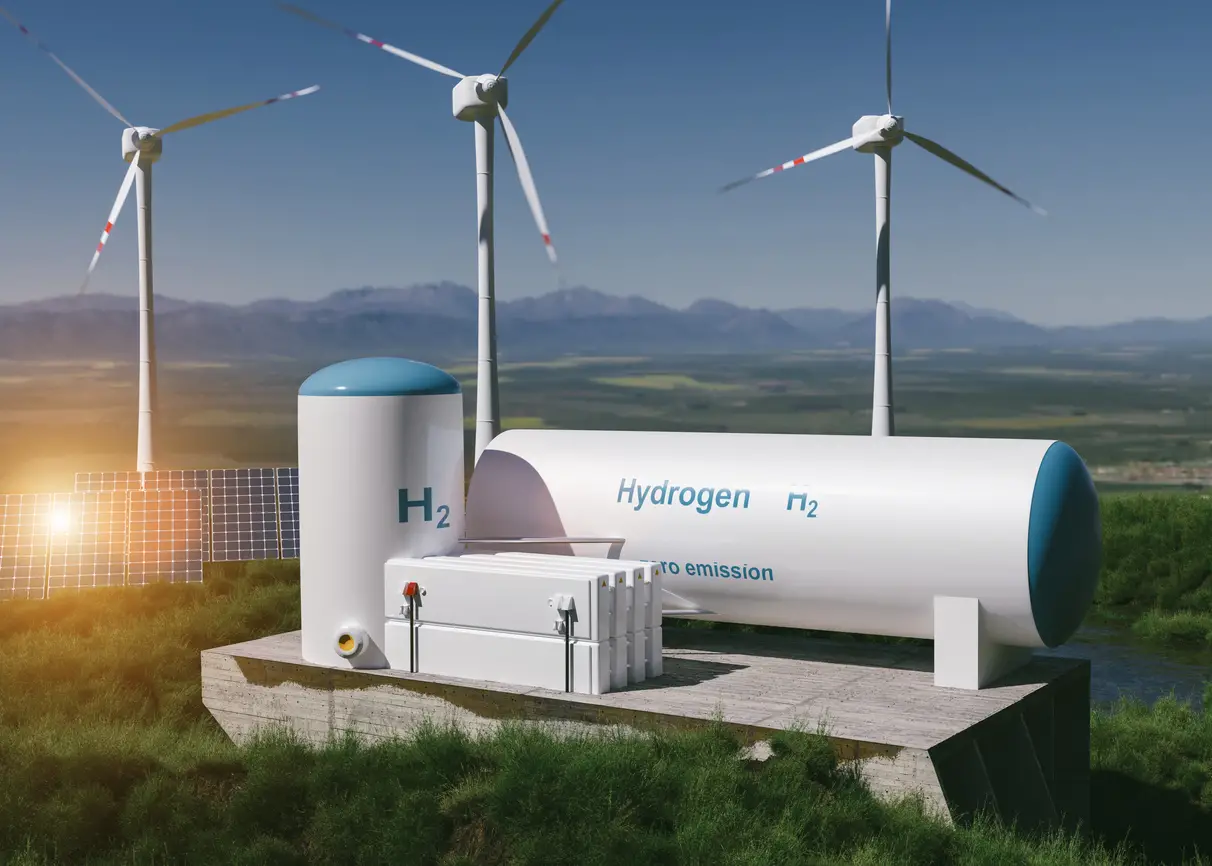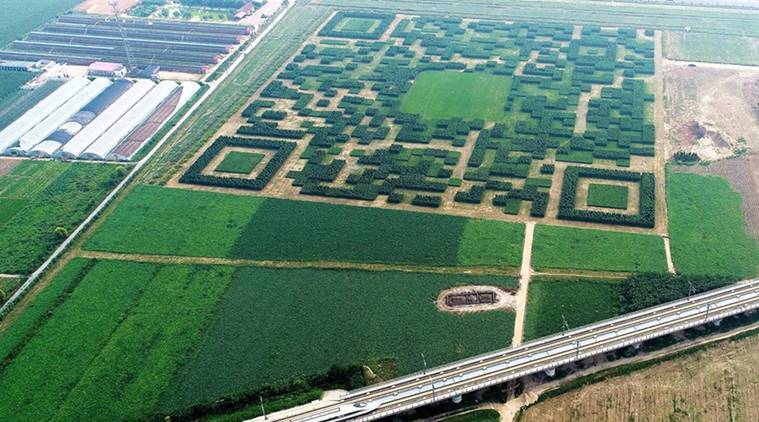HELSINKI — Wednesday marked the first time that a rocket powered by methane attempted to reach orbit. The attempt, carried out by the Chinese launch company Landscape, was unsuccessful.
At approximately 3:30 in the morning Eastern Standard Time on December 14, the methane-liquid oxygen rocket known as the Zhuque-2 successfully launched from the recently built facilities at the national Jiuquan Satellite Launch Center in the Gobi Desert.
The rocket could be seen soaring into the bright sky, followed by the whp[ite exhaust, in what appeared to be footage taken by spectators and broadcast on Chinese social media. Although it is believed that the rocket’s first stage operated as expected, an independent film that appears to have been stolen reveals that problems with the rocket’s second stage were the cause of the mission’s failure.
According to the data, the burn of the stage’s vernier thrusters that was supposed to occur after the main engine’s burn did not occur as planned. This burn was supposed to carry the stage and the payloads into orbit.
Launch achievements for Chinese satellites are often declared shortly after orbital insertion is accomplished successfully. However, at the time of the press, eight hours after the launch, there had yet to be an official announcement regarding the success or failure of the mission.
Unfortunately, the world’s first methane-fueled disposable rocket launched toward orbit on Wednesday was not successful in reaching its destination. However, because this was China’s first launch of a liquid propellant rocket that a private company developed, expectations were sky-high
Difficulties Encountered on the Second Stage
On December 14, at around 3:30 in the morning Eastern Standard Time, the Zhuque-2 methane-liquid oxygen rocket launched from facilities that had just been completed at the national Jiuquan Satellite Launch Center in the Gobi Desert.

Initially, everything was going according to plan because there was a video of the rocket taking off into the sky, followed by the white exhaust from its combustion chamber. However, footage accidentally shared online reveals that the rocket’s second stage failed while the main engines of both the first and second stages operated as expected.
A malfunction in the rocket’s third stage prevented the Beijing-based company’s Zhuque-1 vehicle from entering space many years ago.
China’s space agency has not yet made a public statement about this matter. The Weibo account belonging to the corporation has been used to publish a statement.
Zhuque-2 methane rocket
One of the first privately held Chinese aerospace companies to be established in 2015, Landspace is a pioneer in its field. However, it was in 2018 that it made its initial attempt to launch into orbit. Despite this, the solid-fuel rocket Zhuque-1 could never enter orbit because of a problem with the third stage.

After that, Landscape concluded that it would direct its attention to producing the Zhuque-2 liquid rocket. It features a two-stage design and can transport up to 4 tonnes of payload into a 200-kilometer low-Earth orbit and up to 2 tonnes of cargo into a 500-kilometer sun-synchronous orbit.
The requirement for rockets propelled by methane
Even though rocket launches only account for a relatively insignificant portion of all carbon emissions on Earth, the search for environmentally friendly or sustainable rocket fuel is an important one that has already begun.
Because of its superior efficiency, NASA has used liquid hydrogen for many years. Methane has been touted as the fuel for space travel. It releases less carbon into the atmosphere and may be kept at a higher temperature. It is also offered at a lower price. However, producing rockets powered by methane is fraught with numerous engineering difficulties.
We may see the second flight model soon
LandSpace announced in November that a second flight model of their reusable rocket, the Zhuque-2, was ready for testing.
The business had conducted tests on a “restartable” version of the 80-ton-thrust TQ-12 engine, which drives the first stage of the Zhuque-2 rocket. The corporation was also working on an upgraded second-stage engine that will not need vernier engines.

Wrapping Up
The Zhuque-2 methane rocket was the first of its kind to be launched into space. However, the launch was unsuccessful. The Chinese business Landscape, responsible for the carrier’s construction, made the announcement.
The Zhuque-2 spacecraft was successfully launched on December 14 from the Jiuquan Cosmodrome in China. According to the information gathered, the carrier’s initial stage operated in the typical mode. Already at the location of the second stage of construction, the disaster took place.





